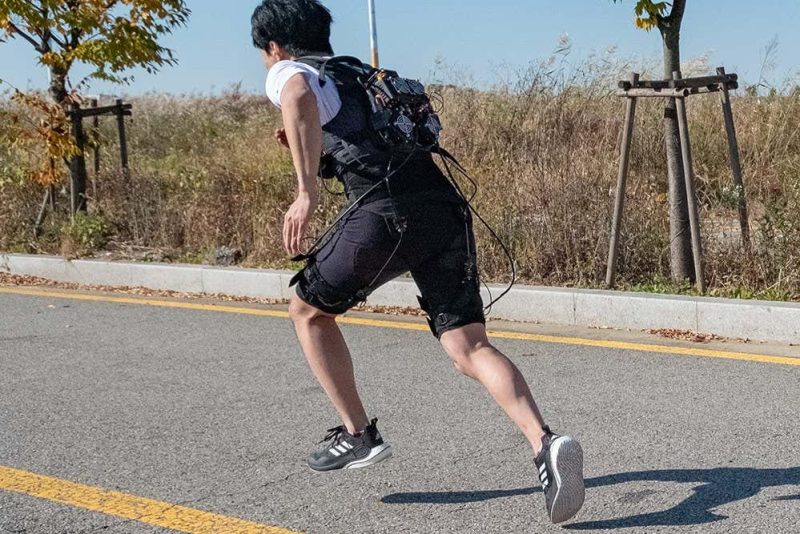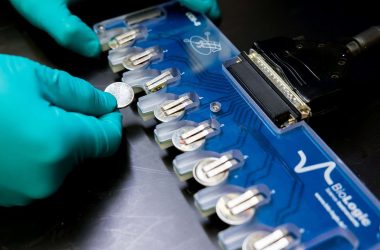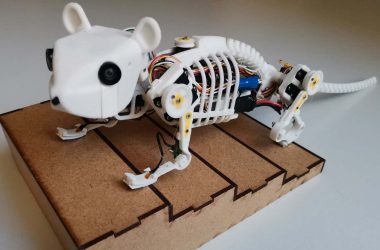Introduction
An exoskeleton suit has been found to improve sprinting speed, according to a study conducted by researchers at Chung-Ang University in Seoul, South Korea. The suit, known as an exosuit, utilizes electrical motors and steel cables to assist runners in extending their legs, resulting in faster sprints. While the technology shows promise for enhancing athletic performance, there are concerns about potential risks and injuries associated with its use.
The Exosuit Design
The exosuit weighs 4.4 kilograms and features electrical motors on the back that control the length of steel cables connected to the wearer’s hips and thighs. As the wearer extends their legs backwards, the cables between each hip and thigh shorten, aiding in completing the motion. The exosuit is equipped with sensors that detect the runner’s gait and synchronize with their steps in real time.
Research Findings
To evaluate the exosuit’s performance, nine non-elite runners were asked to sprint 200 meters while wearing the suit and compared to running without it. On average, the participants ran 0.97 seconds faster when wearing the exosuit. Statistical analysis suggests that this improvement is not due to chance, although the possibility of a placebo effect cannot be completely ruled out.
Implications for Elite Runners
The researchers have developed a lighter version of the exosuit weighing 2.5 kilograms and are currently testing its potential as a training tool for elite runners. Initial results show that even when not wearing the exosuit, one elite runner experienced improved speed, suggesting that training with the exosuit aids in muscle memory and engagement.
Potential Risks and Concerns
While the study’s participants did not report any injuries from wearing the exosuit, there are concerns about the long-term use. Joint stiffness resulting from increased running speed could potentially lead to damage in the knees, hips, and ankles, according to experts. Further research and monitoring of athletes using exosuits will be necessary to assess and mitigate these risks.
Conclusion
Exoskeleton technology, specifically the exosuit, has demonstrated the ability to enhance leg performance and increase running speed. While it holds promise for improving athletic training and performance, there are potential risks associated with its use. Future research and development will focus on addressing these concerns and optimizing the exosuit for safe and effective use among elite runners.








